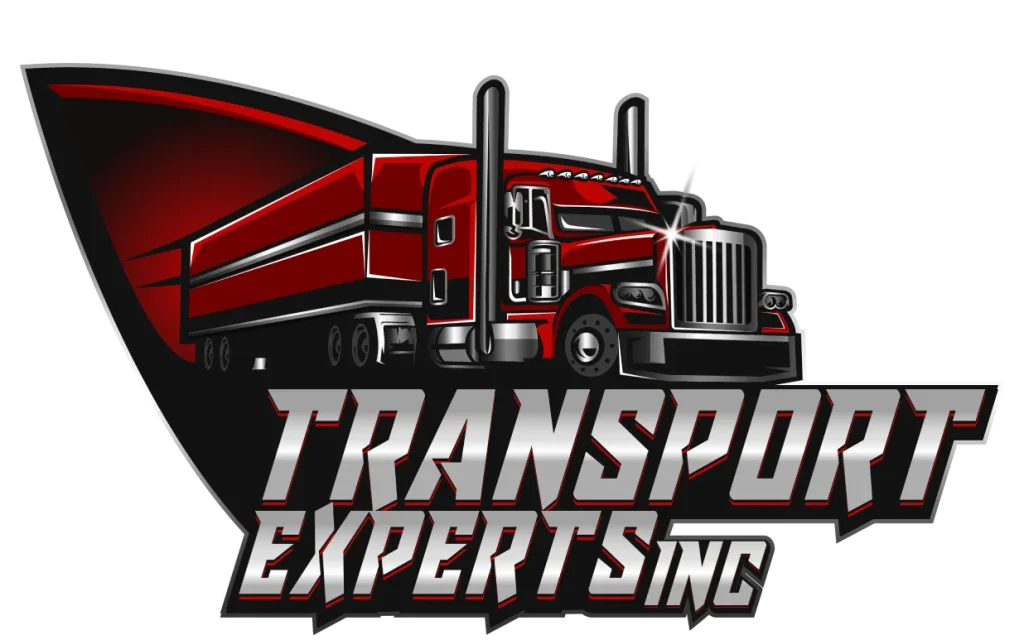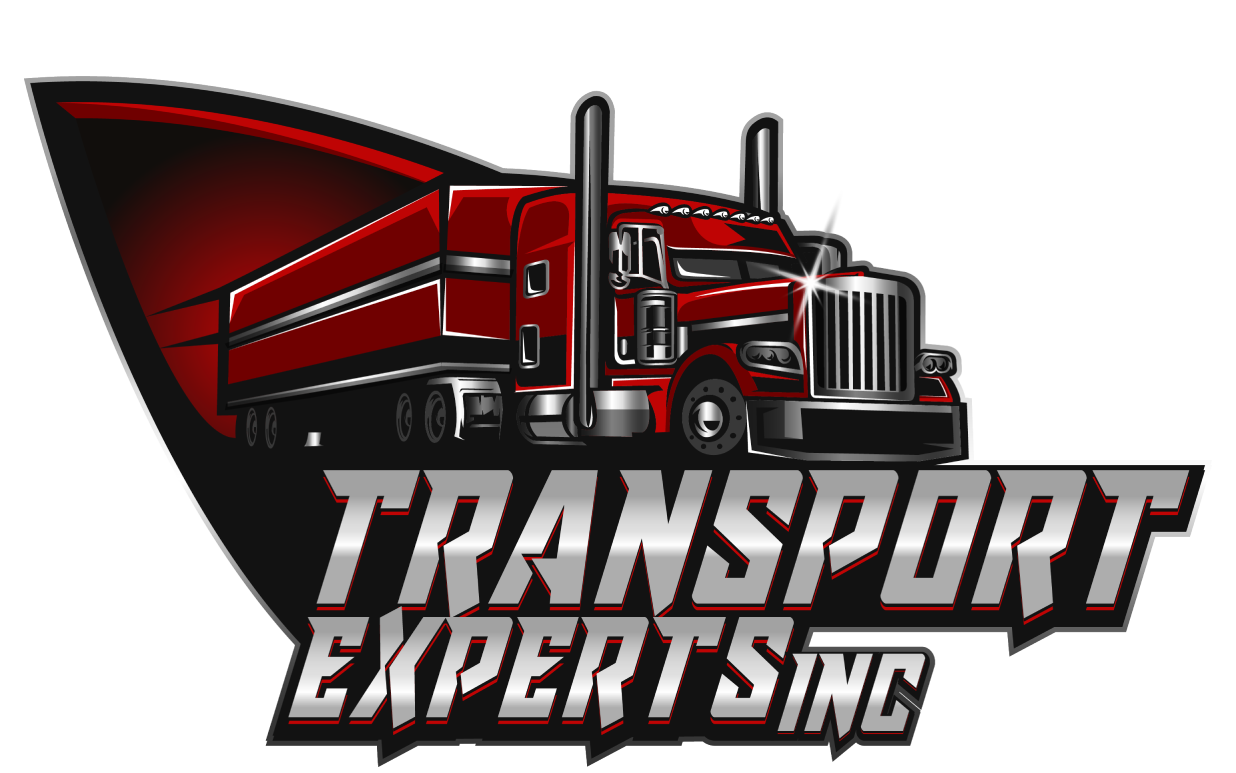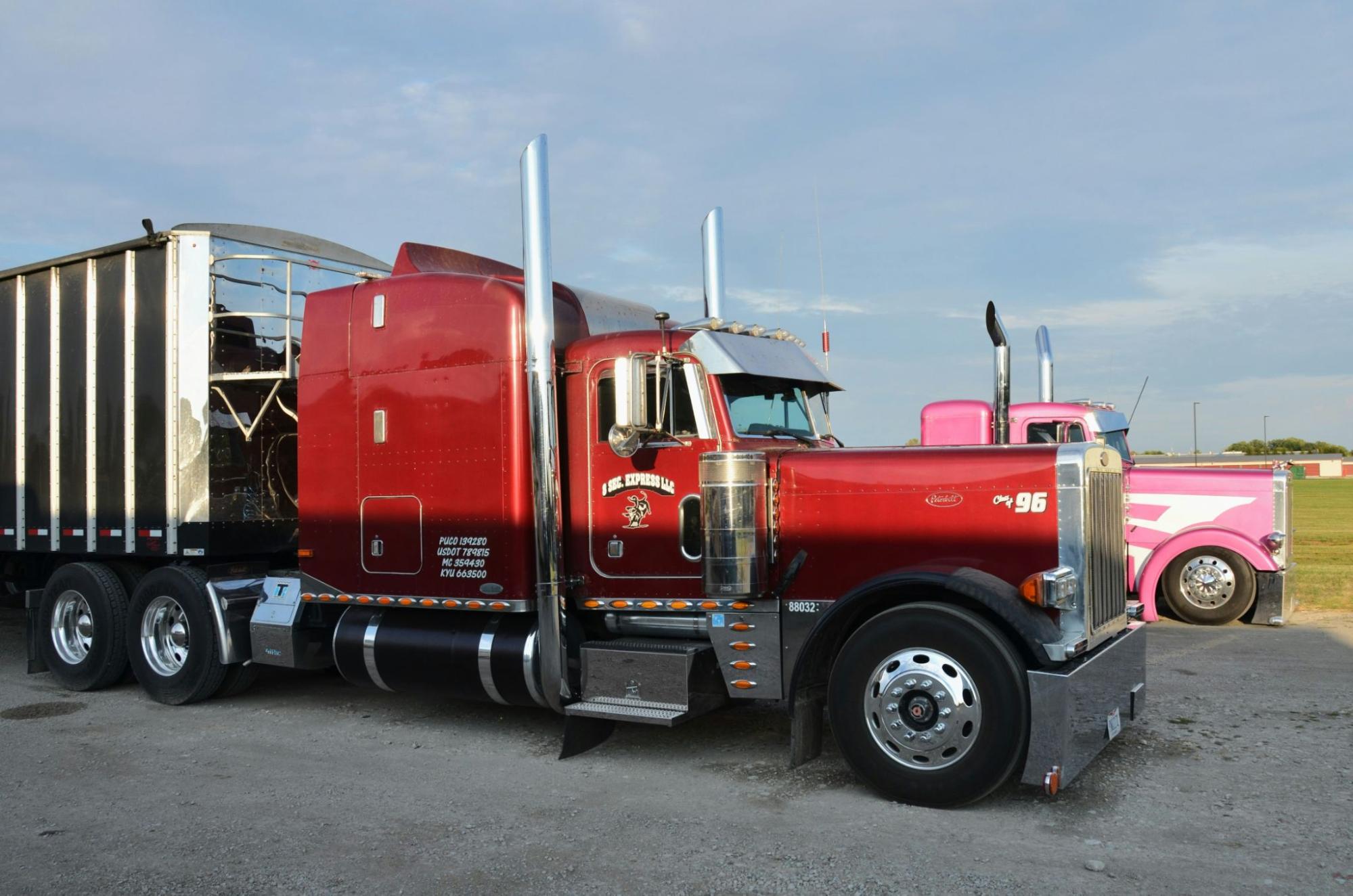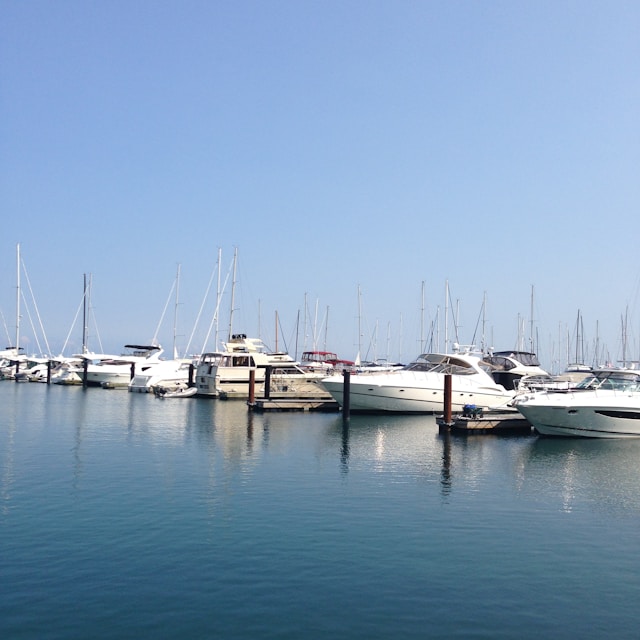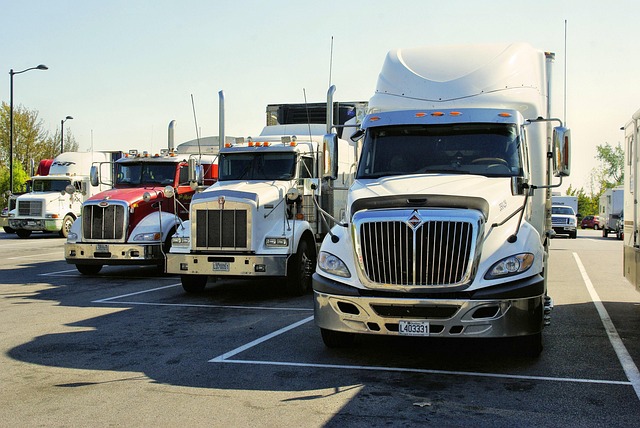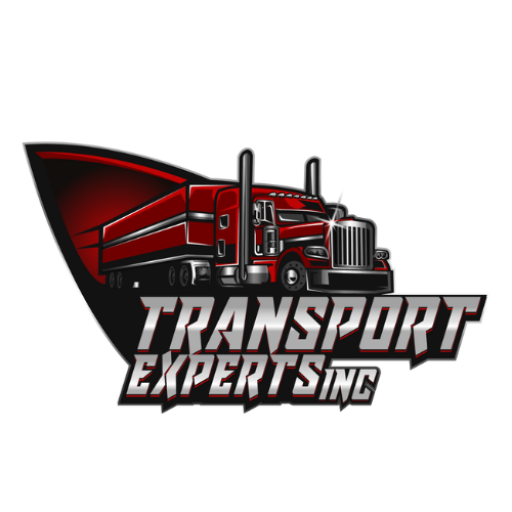If you are in the transportation business and are wondering how to transport a bus safely and economically to its destination? Then you just landed on the right page.
Transporting a bus is not an average hauling job; it requires a great amount of precision, skills and expert drivers to move it successfully. No matter if you are transporting a school bus to a new district, a double-decker for a tour or even a brand new electric bus for a city fleet, each type of bus comes with its own set of transportation requirements. And that is exactly what you are going to learn today.
Bus transportation is not just about loading it on a trailer and saying goodbye! But it is much more than that. You cannot expect to move all the buses in the same way. Each bus is unique and is transported differently.
That is why you need to choose the right trailer, get accurate permits and obtain overhead clearances to transport different types of buses successfully. And for that, you need to know about the most common types of buses and how to transport them.
Don’t worry! I got you covered. In this blog, you will learn about the major bus categories and the best ways to transport different buses with all the specific requirements. Let’s go!
Quick Reference: Common Bus Types at a Glance
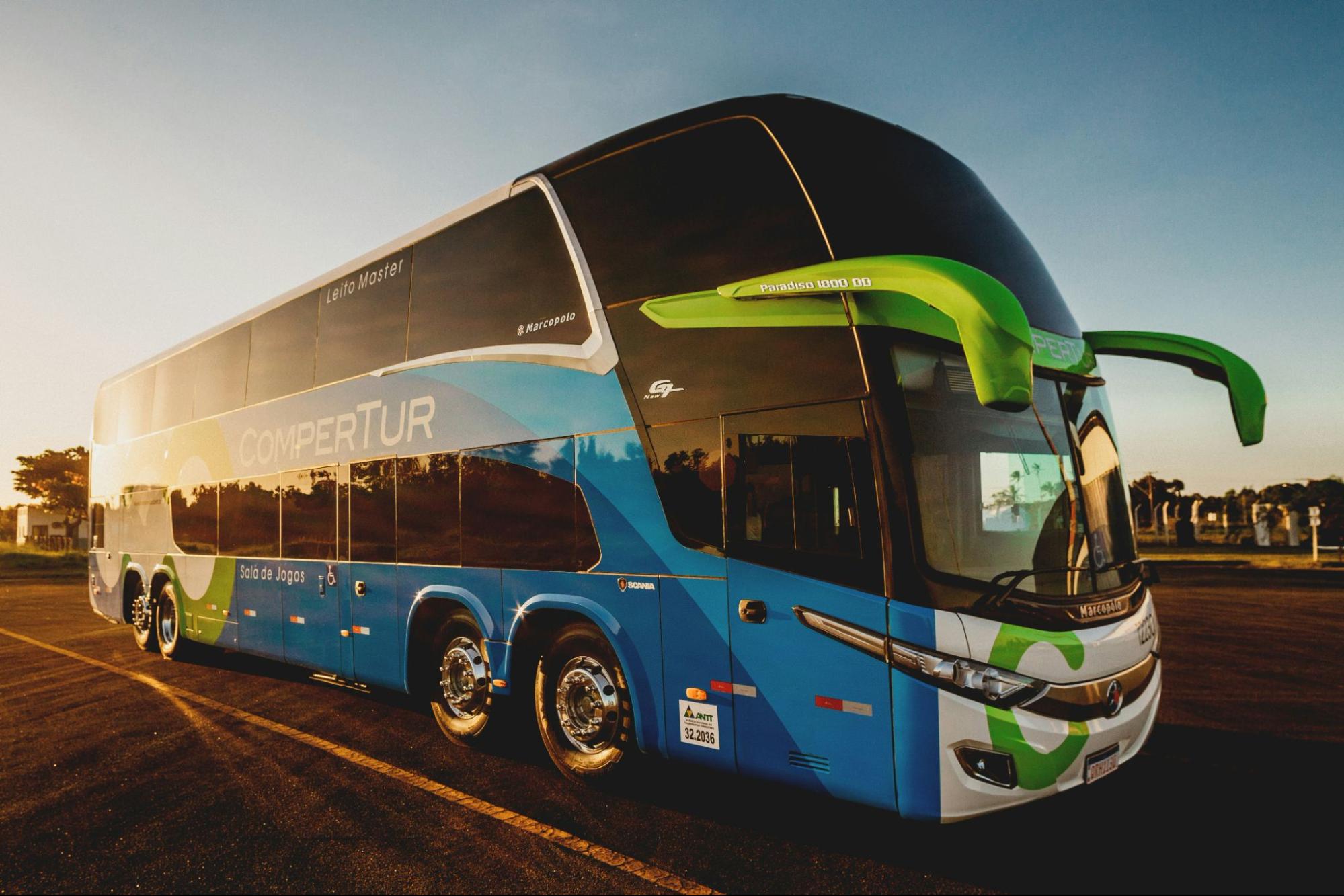
Before we get into the nitty-gritty of the bus transportation, let us take a moment and understand the most common bus types to know what we are dealing with. It will not take much of your time. Let’s take a quick glance at it.
| Bus Types | Uses | Key Features |
| School Bus | Transport students from home to school and vice versa | High capacity, and normally standard height/width, rigid-built, frequently based on a truck chassis. |
| Coach / Motorcoach | Long-distance travelling, like a city tour or intercity transport | Increased comfort (luggage room, bathrooms), increased clearance, and size. |
| Shuttle Bus / Minibus | Used in hotels, Airports, and campuses to carry passengers on short-route transit | Smaller and lighter, and may be adapted to be mobile. |
| Articulated Bus | Urban high-capacity transit | Length is generally greater with bending joints. They need specialised handling for curves |
| Low-floor Bus | Inter-city transportation with frequent stops. Accessible to everyone | Fewer steps or no steps, and usually rampy or kneeling. |
| Double-Decker | Tours, sightseeing, high-ridership routes. | Taller and heavier with more surface exposed to wind |
| Open-top Tour Bus, Trolleybus, Hybrid, Off-road Buses | Specialised buses used for eco-transit or tourism | Outstanding designs, atypical weight loads, and additional machinery. |
There might be more around you. But these are the most common ones that you should know about for better transportation options.
The Most Common Types of Buses and How to Transport Each (By Size & Condition)
Once we know the types of buses, let us now get straight to the most common types of buses and how to transport each one of them carefully and successfully.
Here is how it is done for different buses:
-
City / Transit Bus
- Best Transport Method: Step-deck or RGN trailer.
- Why: The standard flatbeds are unable to carry them due to their large wheels and height. RGNs are perfect as they keep the overall height under the state limit, i.e. 13.5-14.5 Feet generally.
- Drive vs Ship: Driveaway can be less expensive in case it is operational and less than 200 miles. Shipping would save wear and tear in case of long hauls.
-
Coach / Motorcoach
- Best Transport Method: RGN trailers with extendable step-deck
- Why: Coaches are taller in height with heavy weight. That is why a stable low deck is needed to meet the state’s height requirements.
- Decision Rule: Ship in case of interstate or cross-country movements; drive in local movements.
-
School Bus
- Best Transport Method: Step-deck trailers or flatbed trailers
- Why: School buses are moderately weighted and boxy in frame, hence normal trailers fit well.
- Decision Rule: If the bus is registered, drive it. Or ship it for bulk delivery.
-
Shuttle / Minibus
- Best Transport Method: Flatbed or hotshot trailer in order to transport swiftly.
- Why: due to their small size, they are simple to carry and fasten, and Permit complications are minimal.
- Decision Rule: Ship them if they are broken and need to transit to another city. Otherwise, drive them if functional.
- Drive if fully functional; ship if broken down or relocating multiple units.
-
Articulated Bus
- Best Transport Method: Multi-axle RGN trailer with extension
- Why: It is exceptionally long (to 60 ft) and has a pivot joint that needs to be handled with special care and loads.
- Decision Rule: Ship at all times. They are seldom economical to drive.
-
Double-Decker Bus
- Best Transport Method: RGN or Lowboy trailers for the legal height requirements of the USA.
- Why: These buses are extremely high, and a normal trailer would be over the clearance.
- Decision Rule: Route survey prior to shipping is obligatory.
-
Low-Floor Bus
- Best Transport Method: Step-deck trailer with ramps.
- Why: The reason is that low ground clearance necessitates low loading angles, or it will be damaged.
-
Electric / BRT Bus
- Best Transport Method: RGN equipped with processes of battery isolation
- Why: Batteries cause them to be heavy; they have to be handled by unique methods to avoid discharge or fire hazards.
- Decision Rule: Always ship them using carriers that are trained for EVs
Transport Equipment & Trailers for the Most Common Types of Buses and How to Transport Them Safely
Choosing the right trailer is one of the most crucial steps in bus transportation. Picking the right one with the right gear means half of your work is done. So, let’s take a look at different trailers to understand them better:
- Standard Flatbed: They are ideal for small buses with normal height. And one of the cheapest options that you have.
- Step-Deck / Drop Deck: Two-level deck is used to reduce the height of the bus, and is recommended for tall buses to meet legal height limits.
- RGN (Removable Gooseneck): It allows the drive-on method for loading buses, and this is ideal when handling extremely heavy or tall buses.
- Extendable Trailers: If your bus is extra long like articulated buses, then they are the perfect choice. They can be stretched to match the size of the bus.
- Multi-Axle Lowboys: They are deployed in extremely heavy units to distribute weight and prevent congestion in roadways.
Loading Gear & Tie-Downs:
Now, here are some of the useful gears and equipment that you should know of:
- Use heavy-duty ramps or detachable goosenecks to make the loading process easier.
- Winches or a mobile crane in case of non-operability of the bus.
- Chain and straps tie-downs at various secure points to avoid movement.
- Make sure that you have checked clearances before transporting.
Permits, Route Planning & Safety for Bus Transport
Phew, half of our work is done. Now we need to work on the other half of the most common types of buses and how to transport them, that is, Permits!
Oversize / Overweight Permits:
- If your bus transportation exceeds the load of 80,000 lbs, 13.6 feet in height and 102 in width, then you need this permit.
- Every state is issuing its permits; multi-state moves need more than one permit.
Pilot / Escort Vehicles:
- Necessary when the load is more than a given width (generally 8.5 ft) or height (generally more than 13.5 ft).
- The escorts caution the traffic and aid in maneuvering through narrow turns or bridges.
Route Surveying:
- Mark known bridges that are low, overhead wires, narrow roads and weight-restricted bridges.
- Pre-approved route is guaranteed to avoid surprises.
Insurance & Claims:
- Make sure that the carrier is properly insured on cargo covering the full bus value.
- Take photos of the condition before and after transit to keep a record and proof
Timing & Seasonal Constraints:
- In some states, oversize travel is limited only during the daytime or on working days.
- Shipments may be delayed or rerouted by winter storms, floods and holidays.
Before putting your trailer on the road, make sure that you are all clear.
I know this sounds so difficult. But it is crucial for safety. You can simply hire professionals like Transport Experts Inc. to avoid all this mess.
Preparing a Bus for Pickup: Checklists, Documentation & On-Site Loading Steps
One of the simplest ways of avoiding delays, damage, or additional expenses is proper preparation. A basic pre-shipment checklist, which you can follow before the truck comes, is as follows:
Pre-Shipment Checklist
- Drain or Secure Fluids: Fuel, coolants and oil must be filled or emptied as per carrier requirements (some shippers want almost empty tanks so they can weigh less and have less spill).
- Secure Loose Parts: Mirrors, antennas, roof racks, signage, and A/C covers are to be folded, removed or taped.
- Immobilise Steering: Make sure that your steering is locked to avoid any shift in transit.
- Disconnect Battery (for Electric or Hybrid Buses): Take a look at OEM guidelines and follow them to avoid any mishaps during transportation.
- Remove Personal Items: Remove any unnecessary weight from the trailer, like personal items, to minimise the weight.
- Document Condition: Take photos from all sides of your trailer with a date stamp.
- Keys, VIN & BOL Ready: Hand over the keys, title or ownership documents and the Bill of Lading (BOL) to the driver of your trailer with instructions.
On-Site Loading / Unloading Steps
- Inspection: Carrier and shipper will inspect different buses, ensuring it is in the right condition and noting damage to the vehicle.
- Positioning: For safe loading and unloading, align your bus with the heavy ramps.
- Drive or Winch Aboard: Operable buses are pushed up ramps at a slow pace;
- belonging to the inoperable type by means of the winch or hoist.
- Tie-Down & Secure: Chains/straps at 4 points or more with the use of wheel chocks
- Clearance Check: Conduct a clearance check before loading or unloading to avoid any damage.
- Final Inspection: Make sure that all of the attachments are secured perfectly.
- Repeat on Delivery: Inspection of the condition is reiterated before unloading.
Follow these tips for a successful freight. Or you can simply hire Transport Experts Inc. to save you the struggle.
Choosing a Bus Carrier, Vetting, Pricing Models & (Helpful) Transport Experts
Hiring a bus carrier is not as easy as it may seem. It is not just about choosing the cheapest quote, but you need to emphasise more on quality and secure shipment. And obviously, not everyone is the best.
But don’t worry, I know exactly what you need to hire the right one for you. Here is a checklist that you must follow to choose the right one for various bus types:
- Equipment Match: Take a good look at their equipment and check if they have step-decks, RGN or other specialised trailers onboard.
- Heavy-Haul Experience: Take an example of bus or motorcoach deliveries that they have done.
- Permit & Routing Capability: Does it support multi-state permits, multi-state pilot car planning, and Multi-state route surveys?
- Driver Skill: Evaluate their driver’s skills and see if they are CDL-certified.
- Safety Record & Reviews: FMCSA safety ratings, references, and online customer reviews will say a lot about such reliability.
Understanding Pricing & Quotations
- Per-Mile Rates: Long-distance shipping standard.
- Door-to-Door Flat Pricing: Ideally used with complex jobs that demand permits and escorts, and the use of special equipment.
- Add-Ons: It includes fuel charges, loading assistance and any other fees required during the transit.
Transport Experts – Professional Transportation Company
Let me save you the struggle. You can simply hire Transport Experts Inc. for your next bus transportation. They are undoubtedly one of the best ones in the USA, with thousands of satisfied clients all over the US.
They are experts in dispatching heavy vehicles, providing the correct trailers (step-deck, RGN/extendable and multi-axle rigs), arranging permits and pilot cars, as well as end-to-end handling in school, transit, coach, and specialty buses.
Ask Transport Experts to estimate a personalised quote in order to develop a comparison between the real-life options and receive a specific routing plan that ensures no surprises.
Frequently Asked Questions
There are two main ways to transport a bus — by driving it (driveaway method) if it’s roadworthy and the distance is short, or by shipping it on a trailer if it’s non-operational, oversized, or traveling a long distance. Using a trailer helps avoid extra mileage, reduces wear and tear, and is often more economical for high-value or specialty buses.
The type of trailer used depends on the bus’s size, weight, and height. Smaller or standard school buses are usually shipped on flatbed trailers, while step deck trailers are ideal for taller buses. For heavy or inoperable buses, RGN (Removable Gooseneck) or lowboy trailers are preferred, and extendable trailers are used for articulated or extra-long buses.
The cost of bus transport varies depending on distance, permits, trailer type, and total weight. Generally, minibuses cost around $3–$4 per mile, while large or heavy buses requiring escorts and permits can be significantly more expensive. It’s best to request a custom quote from a professional transport company for accurate pricing.
Yes, a permit is required if the bus exceeds legal size or weight limits set by U.S. transportation regulations. This includes limits on height, width, and overall weight. Carriers must obtain oversize or overweight load permits before transport to ensure compliance and road safety.
